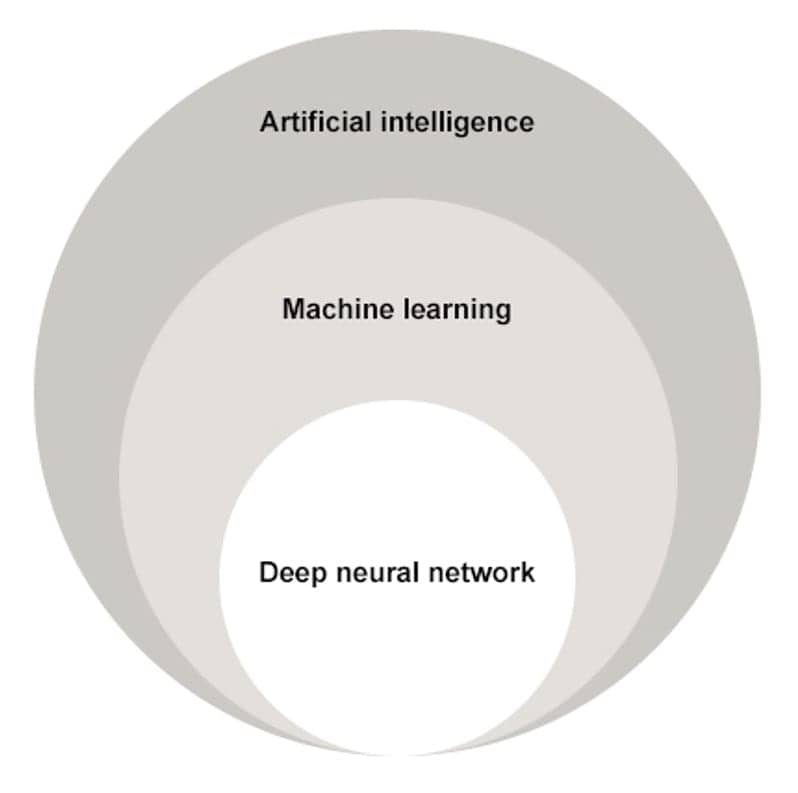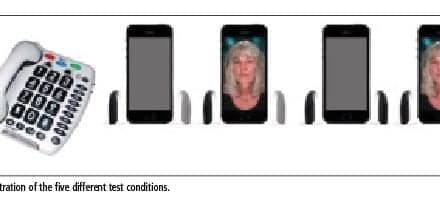Virginia Ramachandran, AuD, PhD, is the Head of Audiology for Oticon Inc, Somerset, NJ, responsible for leading US audiological vision and strategic direction for the company. Prior to joining Oticon in 2015, she worked for 10 years as a clinical audiologist and researcher for a leading healthcare system. She has written extensively for leading professional journals and has co-authored three textbooks on topics in audiology. In addition to being a popular speaker at professional conferences and events, Dr Ramachandran is the President-Elect of the American Academy of Audiology (AAA) and also serves on the Audiology Editorial Board of Plural Publishing Inc.
Oticon recently launched several new hearing solutions the AAA 2022 convention, so we thought it would be a good time to catch up with Dr Ramachandran about her perspectives on the new technologies underlying these hearing aids.
At the recent OticonNext conference, you stated that the most frequently-asked question you hear from hearing care professionals is “What’s the best thing I can do for my patient?” What’s your answer to this question?
Ramachandran: Well, the answer we have given since 2003 has been consistent: BrainHearing™. Ultimately, we hear with our brains. Oticon invests heavily in understanding the cognitive processes of hearing, and we design our technologies to match what the brain needs. All our solutions are designed to provide access to the full sound scene which allows the brain to work in a more natural way.
We’re now continuing to build on our BrainHearing philosophy with our newest families and styles—the new Oticon More miniBTEs, the new Oticon Zircon that brings the open sound experience to the essential hearing aid category for the first time, and Oticon Play PX, the world’s first pediatric hearing aid with an on-board Deep Neural Network (DNN).
In addition to BrainHearing, what do you see as the biggest innovations in these new Oticon products?
Ramachandran: At the heart of each of these newest solutions is the Polaris™ platform, which offers more speed, precision, and capacity. The platform features 16 times more capacity to execute advanced algorithms; twice as much computation capacity and speed; intelligent use of industry-leading 64-channel processing, and double the precision in 1.5-5kHz frequency bands [compared to the previous Velox S™ platform].
The Polaris platform that enabled us to radically improve hearing care with the introduction of Oticon More™, now powers new hearing aid families and styles designed to help even more patients enjoy a life full of sound. In Oticon More and Oticon Play PX, Polaris constantly runs a highly intelligent DNN which has been trained with 12 million real-life sounds—so it learns the way the brain learns: through experience.
Polaris allows hearing care professionals to offer patients a full range of products with advanced signal processing designed to help their brains make sense of sound.
What strategies does the Polaris platform use to support BrainHearing?
Ramachandran: In both Oticon More and the new Oticon Play PX, Polaris powers three advanced technologies: MoreSound Intelligence™ (MSI), MoreSound Amplifier™, and MoreSound Optimizer™.
Using deep learning, MSI employs DNN strategies that cannot possibly be replicated by even the most sophisticated rule-based hearing aid systems. MSI comprehensively scans and precisely analyzes the sound scene. Then, it organizes the sounds around the user and utilizes its highly trained on-board DNN to process and create contrast among the identified sounds.
Related Article: Deep Neural Networks in Hearing Devices
The variable compression speed of MoreSound Amplifier uses the best amplification strategy—either slow- or fast-acting compression—depending on the type of signal coming into the hearing aids. Compared to our previous platform, it has six times the precision.
We follow that up with MoreSound Optimizer, which works to prevent feedback, but does it in a way that doesn’t sacrifice all the hard-won clear amplification.
And the purpose of all three, of course, aligns with the fundamental objective of BrainHearing: to provide the brain with what it needs to be successful for optimal listening and comprehension.
What kind of research support is there for MoreSound Intelligence?
Ramachandran: Oticon has a very systematic research strategy to demonstrate the benefits of MSI by evaluating different elements of the hierarchy of processing in the brain. We start with speech in noise and then progress to understanding how features impact higher level cognitive processes, including listening effort, memory recall, and attention. This is because it’s not what is heard, but how the brain uses that information, that makes the difference to patients.
Previous studies have proven how Oticon More provides clearer information to the brain— delivering 30% more sound and increasing speech understanding by yet another 15%.
In the newest piece of the evidence puzzle, we looked at listening effort over time. This is a more ecologically valid way of looking at listening effort, because people do tend to listen to ongoing speech. The study used a measure known as pupillometry—measurement of pupil dilation. Pupil dilation is an autonomic nervous system reflex. It happens in response to stimuli such as cognitive effort. It is used here as a practical and objective measurement to infer the amount of listening effort expended when trying to process speech.
Study subjects listened to ongoing dialogue: over 30 seconds with MSI off and MSI on. During the first seconds, there is a large pupil dilation due to the arousal of the brain orienting to the stimulus. Then, as the subject settles into the task, the pupil dilation reduces to a plateau that represents sustained effort. What the study showed was that there is less pupil dilation and therefore less listening effort being exerted when MSI is on.
The effect of MoreSound Intelligence is to help the brain work properly to reduce effort. Across the subjects, the research showed MSI reduced sustained listening effort by an impressive 30%.
What other benefits can hearing care professionals expect from Oticon solutions built on the Polaris platform?
Ramachandran: All solutions powered by the Polaris platform include a choice of rechargeable and non-rechargeable styles, performance levels, and fitting ranges. They are Made for iPhone® and compatible with select Android™ devices for direct streaming.* They can be used with the standard desktop charger or the optional portable SmartCharger.
All the products are available in a wide range of connectivity options to keep patients connected to their everyday devices. Patients with select iPhone or iPad devices can now use Oticon hearing aids on the Polaris platform to make or receive hands-free phone or video calls.** With their hands free, they can talk to their families, friends, and colleagues while they’re on the go. Whether they’re walking, working, or cooking, they can keep doing what they’re doing and let their hearing aids take care of the rest. For existing Oticon More hearing aids, the 2-way hands-free communication is available via a firmware update made by the hearing care professional.
More about Oticon More
You can learn more about the newest additions to the Oticon More family at https://www.oticon.com/professionals/brainhearing-technology/more-technology. Learn more about Oticon Zircon and Oticon Play PX at https://www.oticon.com/professionals.
*Lithium-ion performance varies depending on hearing loss, lifestyle and streaming behavior.
**Hands-free communication is available with iPhone 11 or later, iPad Pro 12.9-inch (5th generation and 4th generation), iPad Pro 11-inch (3rd generation and 2nd generation), iPad Air (4th generation), and iPad mini (6th generation), with software updates iOS 15.2 and iPadOS 15.2 or later.
*Android™, Google Play, and the Google Play logo are trademarks of Google LLC.
Acknowledgement: Thanks to Sara Coulter of TagTeam global for her work on this article.




.gif)



Sorry for the interruption. But getting to the core healing process, I am presenting my research at HEAL next month, and would be grateful to have your comments on it too!
keep up the good work Virginia.